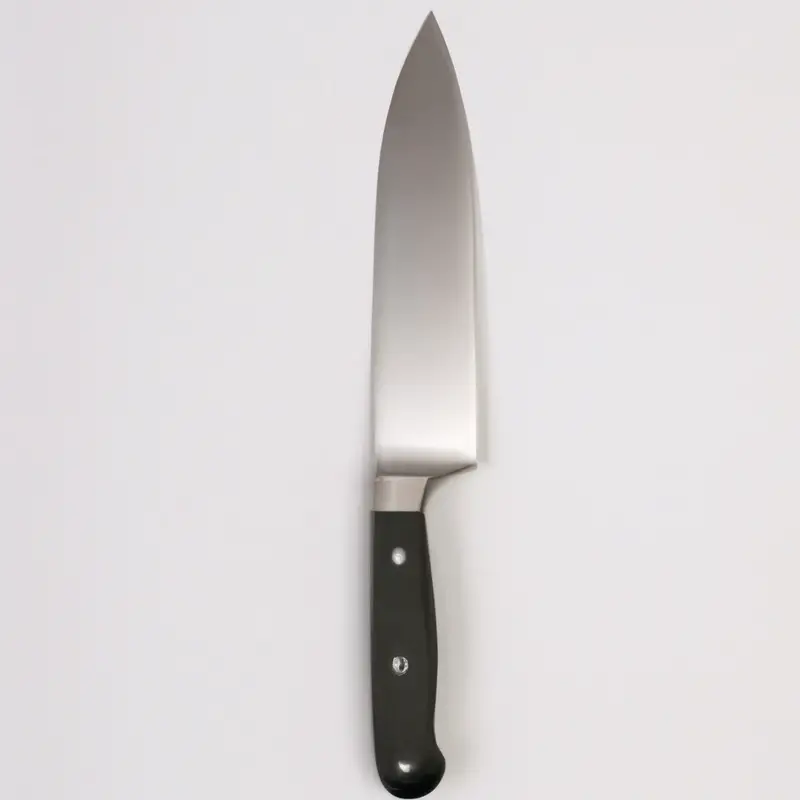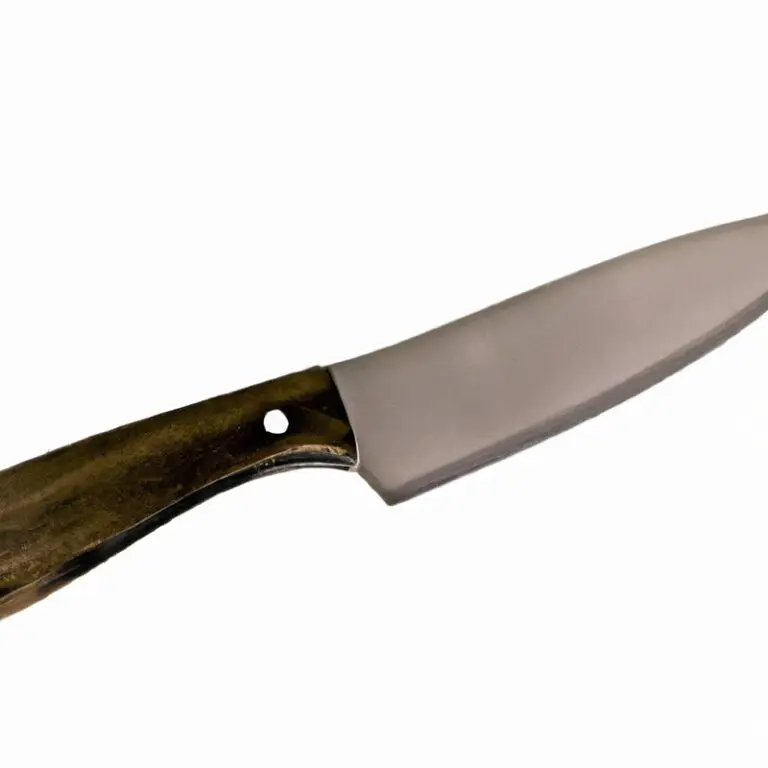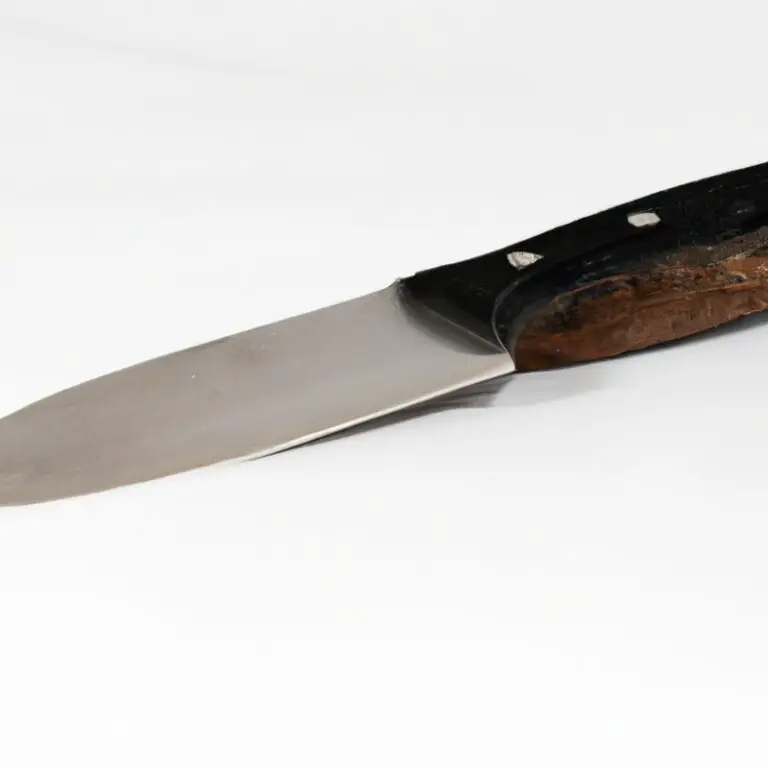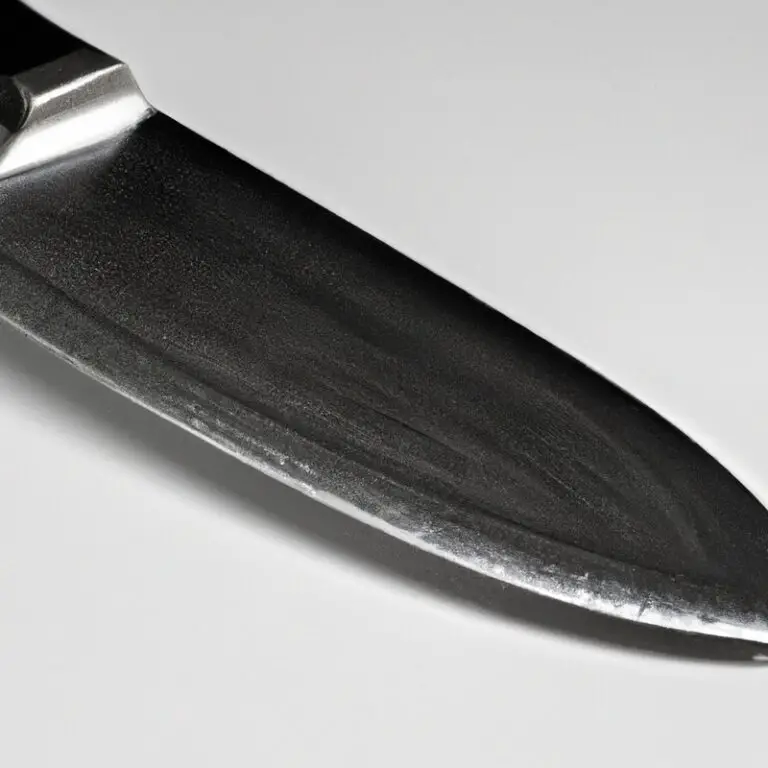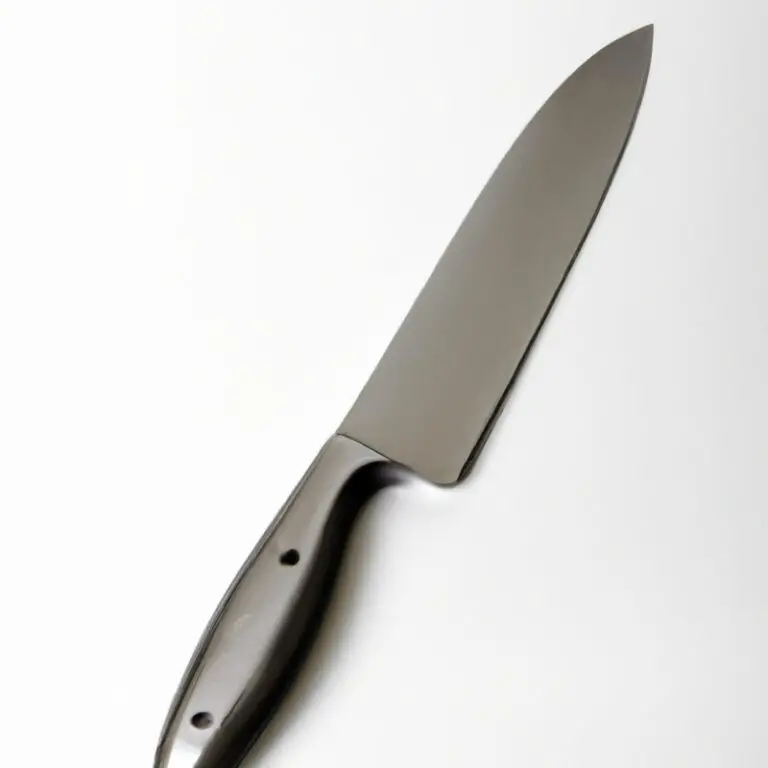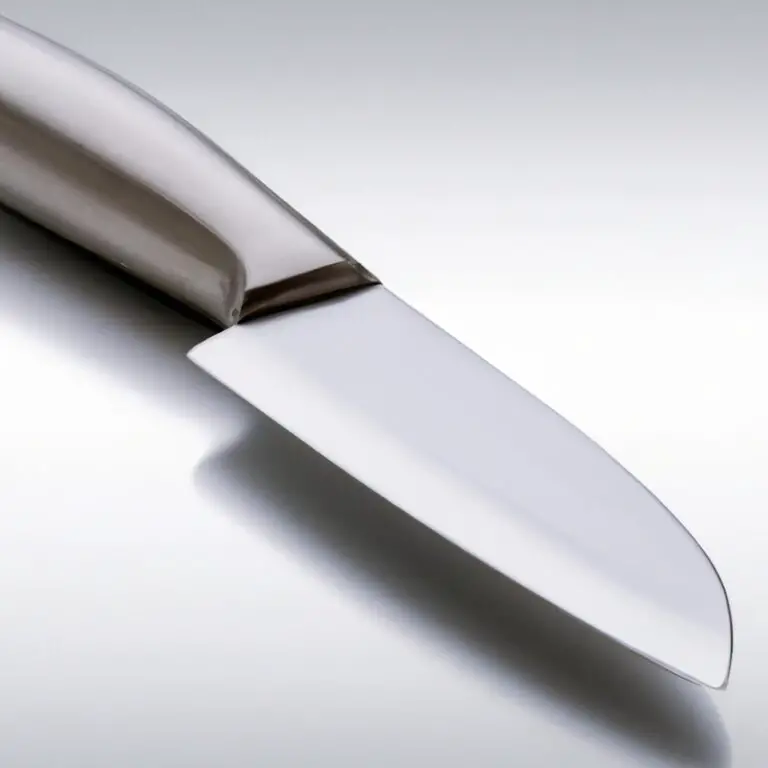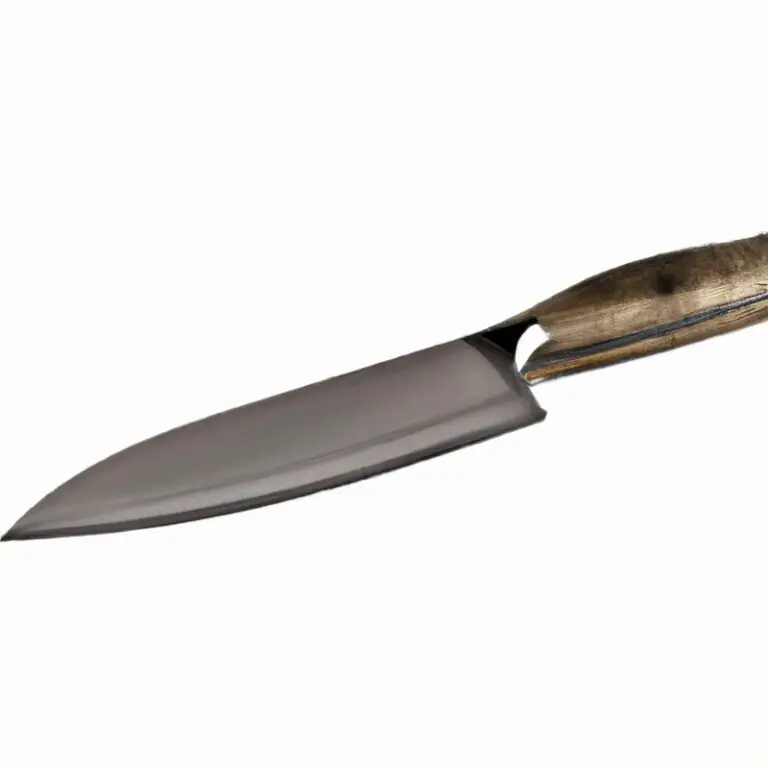How To Fillet a White Crappie Using a Fillet Knife? Expert Tips!
Key Takeaways:
- Filleting a white crappie requires a sharp, flexible fillet knife to make clean cuts and minimize waste.
- Begin by descaling the fish and making a shallow incision behind the gills, then work the fillet knife down the spine to remove the first fillet.
- Flip the fish over and repeat the process on the other side, making sure to keep the knife at a slight angle to avoid cutting through the rib bones.
- With practice and patience, anyone can learn how to fillet a white crappie like a pro!
Are you an avid fisherman looking to elevate your fish filleting skills? Look no further than the white crappie, a freshwater fish that, when filleted properly, can offer a delicate and delicious meal.
But before you dive in, it’s essential to have the right equipment and a solid understanding of the filleting process.
In this article, I’ll guide you step by step on how to fillet a white crappie using a fillet knife. From selecting the perfect knife to cooking up your freshly filleted fish, you’ll be a crappie filleting pro in no time.
| Ingredients/Tools Needed: | Steps: |
| White crappie | 1. Start by cleaning the fish: scale it, remove the head and the entrails. Rinse it well with cold water and pat dry. |
| Fillet Knife | 2. Cut the fish along the backbone, starting from the head to the tail. Be gentle and remove the flesh from the bones as you go, using the fillet knife to help separate the meat. |
| Cutting board | 3. Once you have removed the fillet from one side, flip the fish over and repeat the process on the other side. |
| Bowl of water | 4. If desired, you can remove the skin from the fillet. Grip the skin at the tail end and use a gentle sawing motion with the fillet knife to separate the skin from the meat. |
| 5. Rinse the fillets with cold water and pat dry. Your fillets are now ready to be cooked! |
Selecting the Right Fillet Knife
Choosing the right fillet knife is crucial for successful fish filleting. A good fillet knife should be flexible, sharp, and durable.
The flexibility of a fillet knife allows it to conform to the contours of the fish, resulting in clean cuts and minimal meat wastage.
A sharp fillet knife ensures precision and reduces the risk of slipping or injuring oneself during the process. A durable fillet knife can withstand constant use and the rigors of filleting larger fish species.
A typical fillet knife blade length varies between 6 inches to 9 inches.
Opt for a blade length that matches the size of the fish you’ll be filleting. Additionally, consider the handle grip and material.
A slip-resistant handle ensures a firm grip and reduces the risk of the knife slipping from your hand.
Wood, rubber, or synthetic material handles are durable and provide a comfortable grip. Ultimately, investing in a high-quality fillet knife ensures that your filleting experience is smooth and efficient.
Preparing the Workspace for Filleting
Before you start filleting your white crappie, it is essential to prepare your workspace adequately. Firstly, make sure you have a clean, flat, and stable surface to work on.
A cutting board made of plastic or wood is ideal for filleting.
It should be large enough for the fish to rest comfortably on without overhanging. To avoid making a mess, place a piece of paper or a cloth under the cutting board.
This will catch any scales or meat scraps that may fall off during the filleting process.
Additionally, ensure that your workspace is well-lit and ventilated. Next, gather all the necessary tools like a fillet knife, tweezers, and a bowl for the scraps and bones.
Place them within reach to save time and avoid searching for them in the middle of the process.
Keep a damp cloth handy to wipe the knife blade after every cut. Lastly, ensure that you have cleaned the fish thoroughly before starting the filleting process.
By doing so, you reduce the risk of cross-contamination and minimize any exposure to bacteria that can cause foodborne illnesses.
In summary, preparing your workspace beforehand allows for efficient and safe filleting. With a clean workspace, the right tools, and a well-lit area, preparing the white crappie for filleting is much more manageable.
Properly Handling the White Crappie
Properly handling the white crappie is crucial before filleting it using a fillet knife. Begin by ensuring that the fish is fresh and has been stored at the right temperature.
Once you’re ready to start filleting, rinse the fish in cold water and dry it thoroughly with a clean towel.
Before making your first incision, place the fish on a non-slip surface and make sure it’s stable and won’t move around. Properly handling the white crappie will make the filleting process easier and safer.
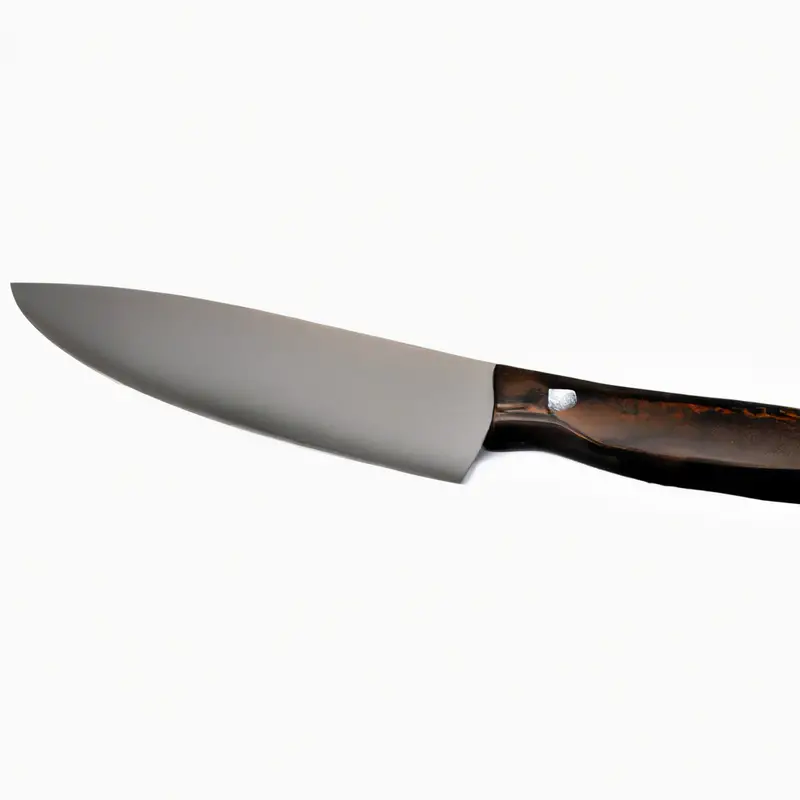
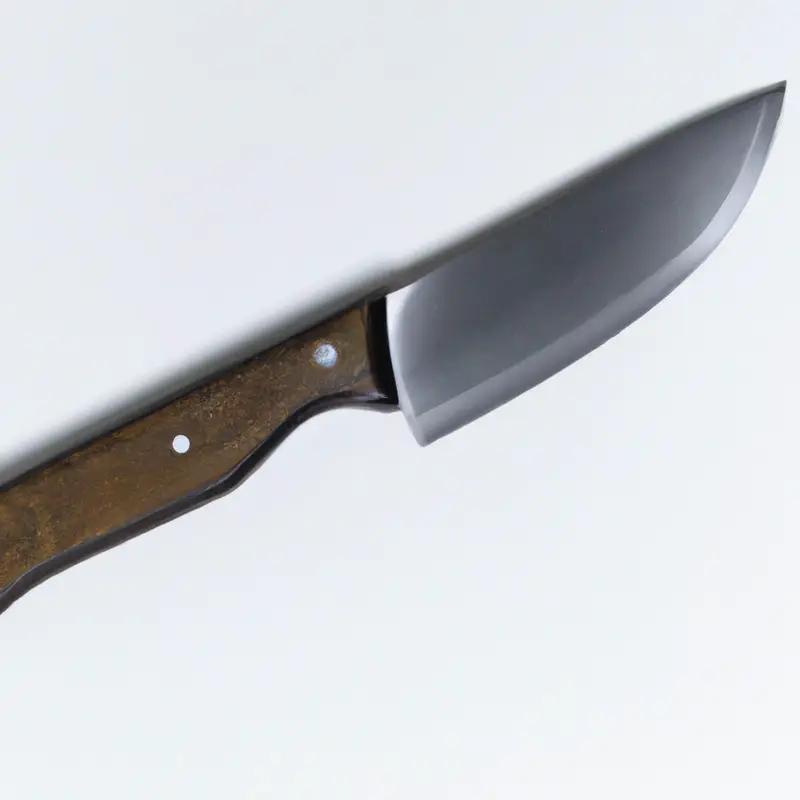
Making the First Incision
To make the first incision, place the white crappie on a clean and flat surface. Hold the fish by its head with your non-dominant hand and pick up your fillet knife with the other.
Starting at the tail, gently place your knife along the dorsal fin towards the head.
Cut through the skin and down until you reach the backbone. Once you make the first incision, use the spine as a guide for the rest of the cut.
Apply just enough pressure to slice through the flesh without cutting through the bones.
Move your knife slowly along the ribcage and keep your hand steady as you go. After you reach the base of the head, repeat the incision on the other side of the fish.
Be sure to keep the fillet leveled and make the cut as close to the spine as possible.
Making the first incision is essential to fillet a crappie correctly. Taking the right approach ensures that you have the best possible fillet with minimal waste.
Removing the Skin from the Fillet
Once the fillet is removed from the fish, you have to remove the skin before further preparations. The easiest way to remove the skin from the fillet is to lay the fillet skin-side down on the cutting board.
Then, using a fillet knife, slice into the fillet at one end, making sure not to cut through to the skin.
Hold the end of the fillet with one hand and slide the knife between the skin and meat at a downward angle. Make sure to angle the blade carefully towards the skin, removing all of it without wasting any meat.
You can also grip the skin with a paper towel for a better hold.
Repeat the same process for all the fillets until you have a pile of skinless fillets to work with.
Removing the Ribcage from the Fillet
Removing the ribcage from the fillet is the next step after removing the skin. The ribcage runs along the center of the fillet and needs to be removed carefully to avoid bones in the final product.
To remove the ribcage, place the fillet skin-side down on the cutting board and locate the rib bones in the center.
Use the tip of the fillet knife to make a thin incision along the top of the ribcage. Then, angle the knife and use a sawing motion to cut along the length of the ribcage, separating it from the flesh without removing too much meat.
Be gentle to avoid breaking the fillet apart or leaving small bones.
Repeat the process on the other fillet. With the ribcages removed, your fillets are ready to be cooked or stored for later use.
Removing Any Remaining Bones
To remove any remaining bones from your white crappie fillet, use a pair of tweezers or needle-nose pliers to pull out any small bones that may have been missed during the initial filleting process. Run your fingers along the fillet to feel for any bones that may be still stuck in the flesh.
Another effective technique is to use a light-colored cutting board or surface as it makes it easier to spot any remaining bones.
Simply hold the fillet up to a light source so that you can see any bones that may be left behind. Then, use the tweezers or pliers to extract them.
It is crucial to remove all bones from the fillet before cooking to prevent any unpleasant surprises while eating.
Once all bones have been removed, rinse the fillet with cold water and pat it dry with a clean paper towel. Your white crappie fillet is now ready for cooking or storage.
Cleaning and Storing the Fillet Knife
Cleaning and storing your fillet knife properly is essential to maintain its longevity and effectiveness. After using the fillet knife, rinse it thoroughly with warm water and mild dish soap and dry it off with a clean towel.
It’s important to remove any leftover fish debris or scales from the blade to prevent rusting and corrosion.
To store the knife, you can place it in a sheath or blade guard to protect the blade’s sharp edge and prevent accidental cuts. Avoid storing it in damp places or near other sharp utensils that could dull the blade.
Sharpen your fillet knife before each use to ensure a smoother and cleaner fillet.
Always use it for its intended purpose and avoid using it for tasks that it’s not designed for. With proper care and maintenance, your fillet knife can last for years to come and deliver great filleting results every time.
Cooking Tips for Freshly Filleted White Crappie
Cooking freshly filleted white crappie can be a delightful experience if handled with care. Here are some tips to create a delicious meal:
- Rinse the fillet properly to get rid of any excess blood or scales.
- Pat the fillet dry and season it with your preferred seasoning promptly.
- White crappie is a mild-tasting fish, so avoid overpowering it with strong spices. Instead, use herbs like thyme, basil, and oregano to enhance the flavor.
- Preheat your pan before adding the fillet. A hot pan ensures that the fillet will cook evenly.
- Cook the fillet on medium-high heat for about three to five minutes per side.
- Cut into the thicker parts of the fillet to check for doneness. A cooked fillet should appear white and flaky.
- Lastly, add garnishes like lemon wedges, parsley, or other herbs to add additional flavor and visual appeal.
Remember, freshly filleted white crappie should be used within a day or two of filleting. Proper cooking and seasoning will ensure that the delicate taste of the fish is not lost.
Final Verdict
Filleting a white crappie can seem intimidating, but with the right tools and techniques, it can be a rewarding and delicious experience. Remember to select the proper fillet knife, prepare your workspace, handle the fish with care, and make precise incisions.
With practice, you can master the art of filleting and produce beautiful, boneless fillets every time.
Additionally, proper cleaning and storing of your fillet knife can increase its lifespan and ensure its effectiveness. Lastly, cooking your freshly filleted white crappie does not have to be complex; simple seasoning and a quick cook time can highlight the fish’s delicate flavor.
By following these steps and incorporating your personal touch, you can impress your family and friends with a homemade and flavorful dish.
Trust in your abilities and enjoy the process.

